A quandary: In September, I wrote about an exhibition at Mount Holyoke College Art Museum called Wine and Spirit: Rituals, Remedies, and Revelry, which coupled “the histories of wine and art in a cross-disciplinary fashion” for the first time. I liked the idea, which seemed both scholarly and popular.
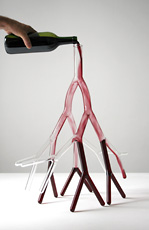 Now comes How Wine Became Modern: Design + Wine 1976 to Now at the San Francisco Museum of Modern Art, opening on Saturday. It seemed only right to weigh in. Do we applaud, for the same reasons, or think it’s pandering and pop culture (not art)?
Now comes How Wine Became Modern: Design + Wine 1976 to Now at the San Francisco Museum of Modern Art, opening on Saturday. It seemed only right to weigh in. Do we applaud, for the same reasons, or think it’s pandering and pop culture (not art)?
The Mount Holyoke show included many paintings, going back in time, and was founded on scholarship. The SFMoMA show “explores transformations in the visual and material culture of wine over the past three decades, offering a fresh way of understanding the contemporary culture of wine and the role that design has played in its transformation.” It calls itself “the first exhibition to consider modern, global wine culture as an integrated yet expansive and richly textured set of cultural phenomena.”
In the show are “architectural models and design objects with works of art, some newly commissioned, and multimedia presentations, as well as objects drawn from viticulture and everyday life. Viewers will encounter artworks, objects, and information within immersive, quasi-theatrical environments that engage multiple senses including smell.”
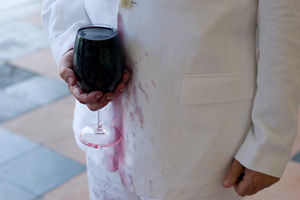 And there will be artifacts, such as the two winning bottles in the 1976 contest, in Paris, that pitted French and California wines against one another, which California won, along with “the original Time magazine article” about the so called Judgment of Paris. And that carafe, by Etienne Meneau, from 2005, above. And the photo by Dennis Adams, SPILL, at right (love it!).
And there will be artifacts, such as the two winning bottles in the 1976 contest, in Paris, that pitted French and California wines against one another, which California won, along with “the original Time magazine article” about the so called Judgment of Paris. And that carafe, by Etienne Meneau, from 2005, above. And the photo by Dennis Adams, SPILL, at right (love it!).
Meanwhile, one piece of art is described:
Veritas, a newly commissioned wall work by Peter Wegner that charts more than 200 house paint colors related to wine. Wegner’s mural, more than 70 feet long, wraps an 18-foot-high curved wall; it vividly demonstrates the diffusion of wine-related language into everyday life while calling attention to the gaps that structure language and its relation to perception.
The press release has many more details — e.g., that major support comes from Riedel, the wine glass manufacturer, and there’s a gallery of wine glassware.
I have mixed feelings: I love wine, and I’d like to see this exhibition. It does, however, seem a tad too trendy, too much about ephemera, for a great art museum — especially one that doesn’t have room for its permanent collection. But I’m wobbling, hopeful that it includes enough examples of modern design. You?
Photo Credits: Courtesy of SFMoMA

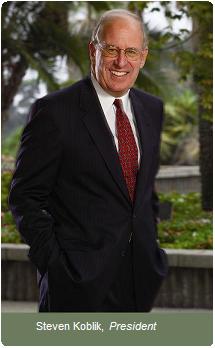 Brody died in November 2009, and was a longtime member of the Huntington’s board of overseers. The Huntington received $15 million from her estate in October and another $80 million last week. Her house, a landmark midcentury modern 11,500 sq. ft. structure designed in 1949 by A. Quincy Jones, is
Brody died in November 2009, and was a longtime member of the Huntington’s board of overseers. The Huntington received $15 million from her estate in October and another $80 million last week. Her house, a landmark midcentury modern 11,500 sq. ft. structure designed in 1949 by A. Quincy Jones, is 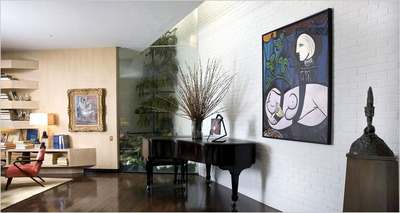
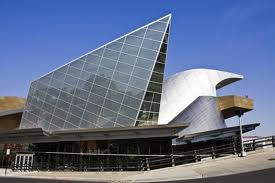 You can catch up on the background from
You can catch up on the background from 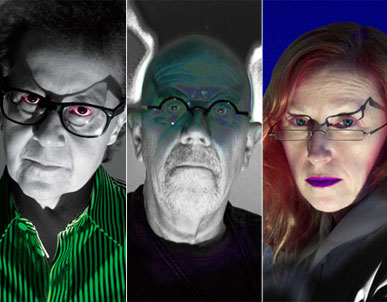 I was there to write a piece for The Daily Beast, and Samaras (a “74-year-old multi-media wizard”) knew what that meant — names and stories, rather than the more esoteric aspects of his art. He wasn’t the least bit uncooperative, and we had a blast. “
I was there to write a piece for The Daily Beast, and Samaras (a “74-year-old multi-media wizard”) knew what that meant — names and stories, rather than the more esoteric aspects of his art. He wasn’t the least bit uncooperative, and we had a blast. “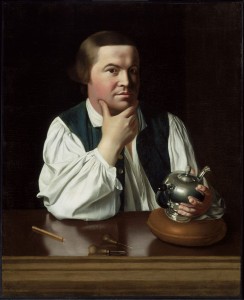 So there will likely be many articles and blogs and other news reports in the next week. I’ve already tried to get ahead of them (
So there will likely be many articles and blogs and other news reports in the next week. I’ve already tried to get ahead of them (